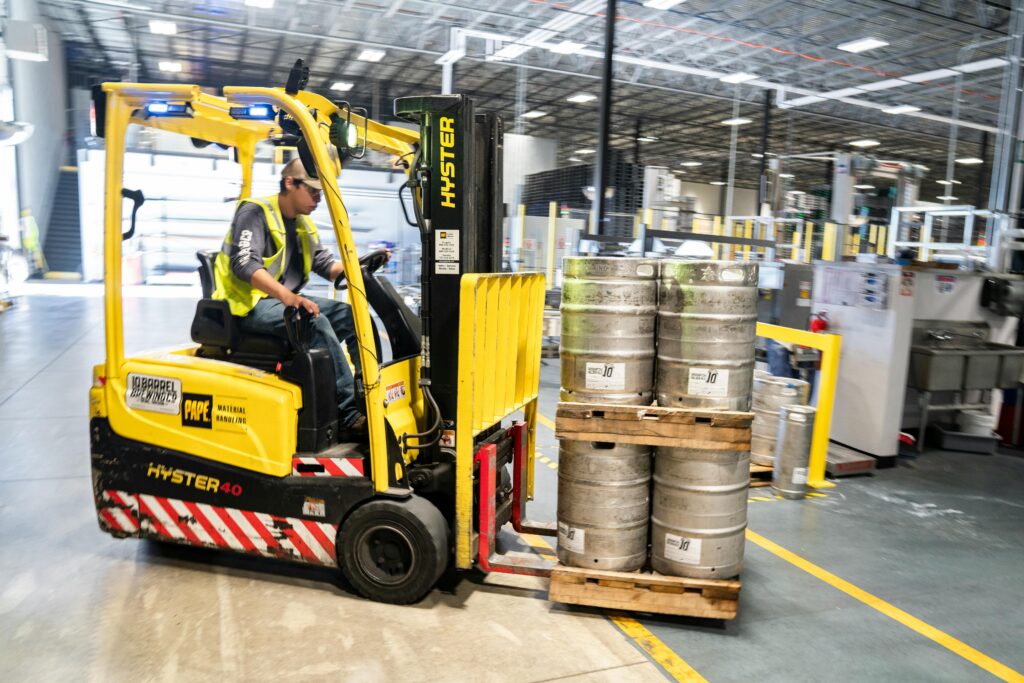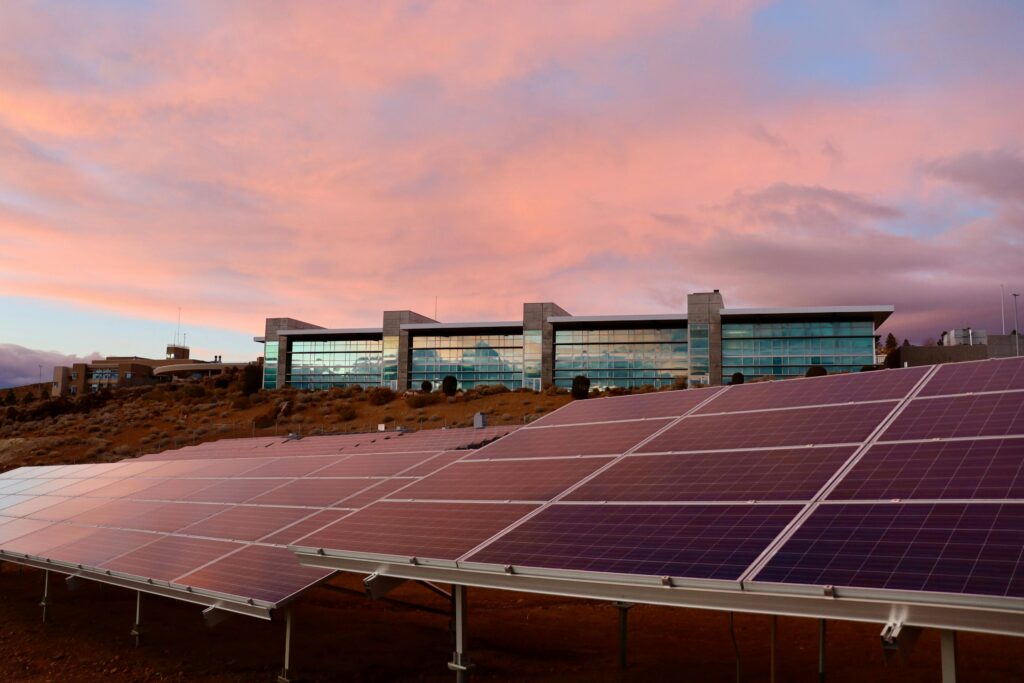Industrial Electrification: With $10m in funding up for grabs, will your business make the switch?
In its quest to encourage the food and beverage processing and manufacturing sector to upgrade to efficient electric alternatives, the Victorian government has announced its plans to offer $10 million in grants as they roll out ‘Round 3’ of the Energy Innovation Fund.
Individual businesses can apply for up to $2 million, to help with the transition away from gas equipment and machinery towards more efficient electric alternatives. It’s hoped that the grants will create opportunities for greater innovation in technology, while also helping to cut back on soaring energy costs.
“Industrial electrification is a critical step towards cutting down energy bills for Victorian manufacturing and helping to get the next generation of renewable energy projects off the ground,” said Lily D’Ambrosio, Victorian Minister for Energy and Resources.
Victoria’s food and beverage manufacturing industry is valued at around $45 billion and employs more than 76,000 people. With ongoing demand pressures, increasing energy costs and diminishing gas supplies, it’s more important than ever for the sector to look for alternative, more sustainable energy sources.

The Energy Innovation Fund supports the commercialisation of innovative, emerging renewable energy technologies in Victoria, required to meet the net-zero emissions by 2045 target and is being delivered in multiple rounds.
Application Guidelines for Round 3, including eligibility and assessment criteria, are anticipated to be released in August 2025, with applications expected to open in September 2025.
Victorian Minister for Industry and Advanced Manufacturing, Colin Brooks, confirmed the government’s enthusiasm for the project. “We’re helping manufacturers improve their processes to be more energy efficient, reducing their running costs and future proofing their business” he said.
What’s the alternative power plan?
In recent years, many companies have already been researching the potential that industrial electrification can offer. “Process heating accounts for the largest share of onsite energy use in Australian manufacturing, with lower temperature operations like food production particularly well-suited to transition to renewables,” say the Australian Renewable Energy Agency (ARENA), a government agency set up back in 2021, to accelerate the development and deployment of renewable energy technologies in Australia.

One of the most effective ways to help businesses understand how they could benefit from making the switch, is to supply them with the opportunity of funded research. As part of their ongoing work, ARENA have been providing funding to the Australian Alliance for Energy Productivity (A2EP) to undertake pre-feasibility studies at a range of sites around Australia.
“A2EP’s work is focused on promoting commercially available technologies like heat pumps and thermal storage, which are not yet widely used in Australia but have demonstrated their potential overseas” (arena.gov.au). They strongly believe that the adoption of renewable energy sources will have a sizeable impact on the continuing pursuit to reduce Australia’s carbon emissions, while the investment of new technologies has the potential to provide hundreds of new jobs.
One company that’s already taken strides towards a switch to renewables is Hardwicks Meatworks in Victoria’s Macedon Ranges. Their strategy involved sourcing renewable electricity from their existing solar panels to power sustainable heat pumps. Additionally, waste heat from chillers would be used to produce hot water for cleaning, sterilisation and packaging.
The strategy’s aim was to cut back on the use of gas boilers, as well as make the most use out of their existing solar PV installations. Mark Hardwick, Head of Projects at Hardwick Meatworks, stressed how integral A2EP’s funding was to enable the new strategy to come to fruition.
Speaking on ABC News In-depth, he explained how “These projects are longer [in] payback, but they’re driven by trying to become a low-cost producer. It’s also helping reduce our footprint…anything we can do as a company to try and reduce our footprint as part of that process is good for us [and] good for the industry.”
The extra budget also facilitated vital exploration into how the strategy would be economically viable for the company long-term. Without that investment in research, it’s likely the company would not have taken the risk. “It is a very hard decision for businesses to replace existing infrastructure towards renewables especially when there are so many other demands on limited capital,” he reflected.
Sparks of tension within the industry
The Australian Food and Grocery Council has voiced its support for the government funding that aims to assist the food and beverage manufacturing industry in making the switch to renewable energy sources. But they too recognise the challenges manufacturers can face when taking the leap.
“It can be difficult for businesses to compete for capital within their business given returns on these investments can be lower than other investment options. In addition, while consumers increasingly desire more sustainable products, studies show that, in general, they predominantly shop on price.” (AFGC, Sustaining Australia 2030 Report)
AFGC CEO, Colm Maguire, believes that overall the funding is “a step in the right direction for manufacturers already dealing with high energy prices and uncertainty around future supply.” Yet, they are also cautious in regard to whether all businesses will be able to make the switch successfully, and if alternative energy sources can be made accessible on a large scale.
There’s no denying the importance of making the shift towards sustainable energy sources. “The food and grocery sector is the third largest user of energy of all manufacturing industries in Australia, about 40% of which is sourced from gas. But price volatility and supply issues in the gas market are threatening the ability of manufacturers to power their operations, putting domestic food production at risk” (AFGC).
It’s going to require an ongoing effort for the entire food and beverage processing and manufacturing sector to get onboard with these changes, but it’s clear things are moving in the right direction. Financial support from the government provides not only a tangible incentive to power up momentum, but also drives important conversation around ways to spark up innovation and fundamental change.
Anticipation of the Energy Innovation Fund’s roll out of ‘Round 3’ funding is high. Industry professionals and business owners due to attend foodpro 2026 in Victoria in July are already in discussion over what the opportunities could mean for them.
Interested in keeping the conversation going?
Save the date for foodpro: 26-29 July 2026, Melbourne Convention & Exhibition Centre. Australia’s Leading Trade Event for Food Processing, Packaging and Innovation.
Keep up with the latest industry news here.




